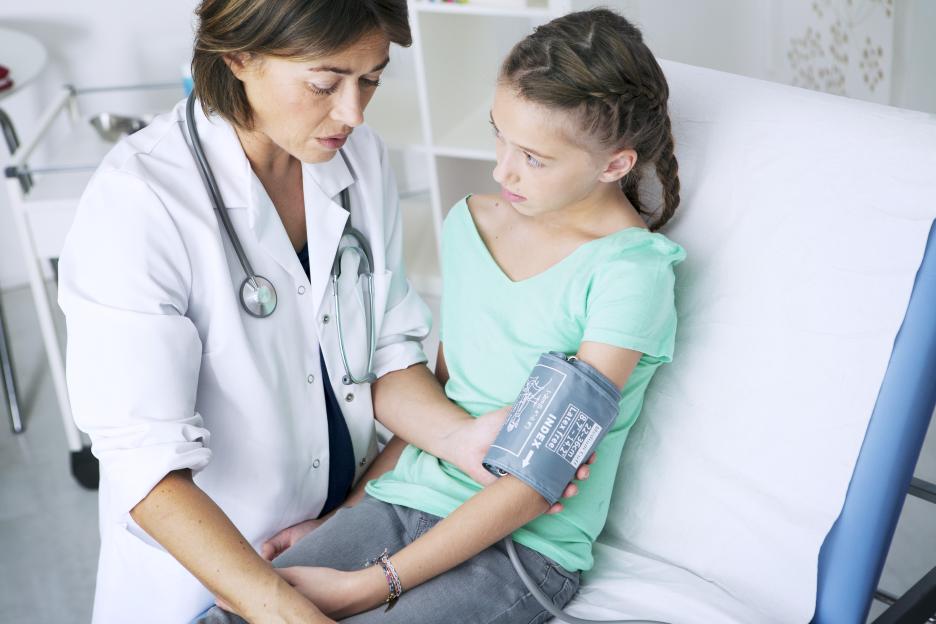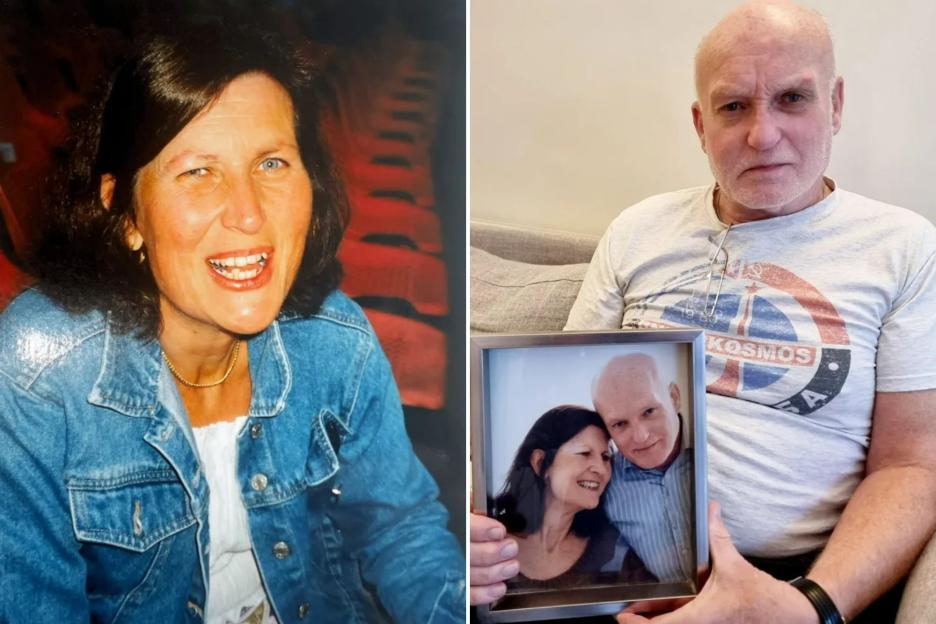DIY cervical cancer tests will be sent to women’s homes under NHS plans to boost uptake and help eradicate the disease.
The kits will be posted to those who have ignored or missed their invitation and are therefore “underscreened”;.
 Only 69 per cent of women take part in cervical cancer screening, well below the 80 per cent target
Only 69 per cent of women take part in cervical cancer screening, well below the 80 per cent targetThey contain a swab to self-sample the cervix for , a group of viruses that cause 99 per cent of cervical cancers.
The NHS wants to eliminate the cancer entirely by 2040 using and vaccination.
But only 69 per cent of women take part in screening, well below the 80 per cent target.
This means that more than five million women in are not up to date with their check-ups.
The screening programme saves an estimated 5,000 lives per year in but the number could be higher with better uptake.
chiefs said women may avoid their smear test for fear it will hurt or be embarrassing, or because they struggle to find the time.
The new test is a that is then sent off to a lab in the post.
Health bosses hope it will help overcome barriers that prevent some women from attending screening appointments.
The initiative will be rolled out in January 2026.
Health Secretary said: “These self-sampling kits represent healthcare that works around people’s lives, not the other way around.
“They put women firmly in control of their own health, ensuring we catch more cancers at their earliest, most treatable stages.”;
“We know the earlier cancer is diagnosed the better the chances are of survival.
“By making screening more convenient, we’re tackling the barriers that keep millions of women from potentially life-saving tests.”;
Research has suggested that offering DIY testing kits could boost uptake.
A trial â led by King’s College London in partnership with NHS England â found that offering self-sampling kits to “under-screened”; women when they attend their GP practice and by posting kits to women’s homes could boost uptake in England by about 400,000 each year.
The Department of Health and Social Care said that the new programme “specifically targets those groups consistently missing vital appointments”; including younger women, those from minority ethnic backgrounds, people with disabilities and LGBTQ+ people.
The initiative comes after the UK Health Security Agency revealed that young women in certain parts of England are .
At-home cervical cancer screening is part of the government’s upcoming 10 Year Health Plan, due to be published in the coming weeks, which will focus preventing illness instead of only treating it when symptoms appear.

Eve Appeal chief executive, Athena Lamnisos, said: “There are so many different reasons why those who are eligible aren’t responding to their cervical screening invitation letter.
“HPV self-testing will be a step change for some. Being able to do the test in their own time and following simple instructions is what many people want and need.
“Ensuring that the under-screened and never screened know about this new test is vital for Eve.”;
Michelle Mitchell, chief executive of , added: “We welcome the UK government’s decision to roll out cervical cancer home screening kits in England â to help remove barriers and make cervical screening more accessible.
“The gold standard way to test for HPV is still a sample taken by a clinician and this will be suitable for most people.
“But beating cervical cancer means beating it for everyone, and this move helps to bring us closer to that goal.
“It’s important to remember that cervical screening is for people without symptoms so, if you notice any unusual changes for you, do not wait for a screening invitation â speak to your doctor.”;
The NHS Cervical Screening Programme invites women and people with a cervix aged 25 to 64 for regular screening.
Under current guidelines, people aged 25 to 49 are called back for a check-up every three years if they test negative for HPV, whereas 50 to 64-year-olds are invited for checks every five years.
But from July, people who test negative during an in-person test with their clinician , following a recommendation by the UK National Screening Committee.
The change comes after evidence showed that people who test negative for HPV are extremely unlikely to developcervicalcancer within the next decade.
Anyone whose sample shows traces of HPV will continue to be invited to more frequent screenings.
Digital invitations and reminders forcervicalscreening were also recently rolled out as part of the NHS App’s ‘ping and book’ service to boost uptake.
Cervical cancer symptoms, such as bleeding between and during sex, should be investigated by a GP.
Around 13 high-risk types of HPV are known to cause 99.7 per cent of cervical cancers.
They cause cell changes which can eventually turn cancerous.
Dangerous strains of the common virus can also lead to mouth, anal, penile, vulval and vaginal cancer.








